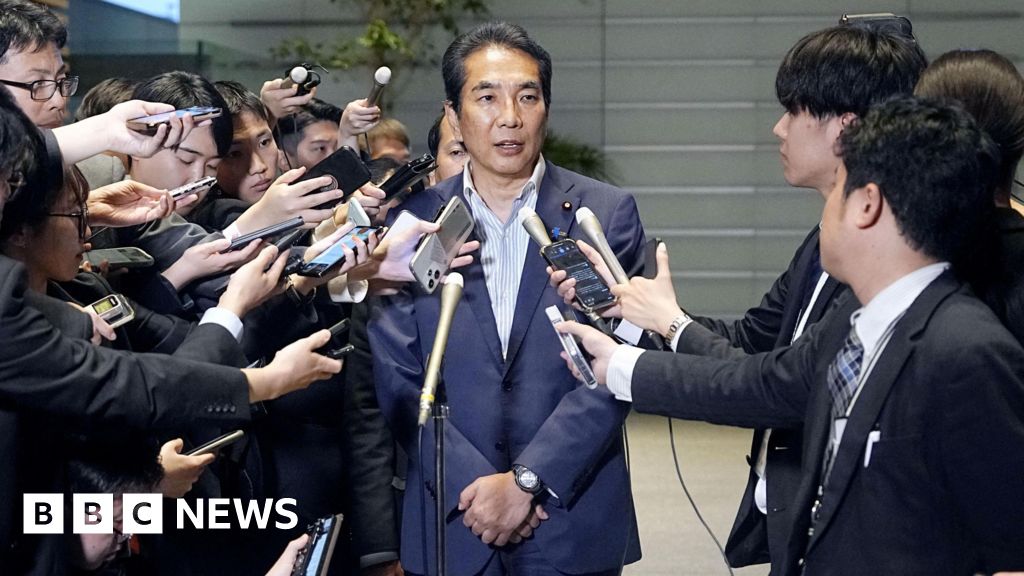Performance and culture share a meaningful connection, says Kevin Oakes, the CEO and co-founder of the Institute for Corporate Productivity (i4cp). Speaking to CHRO at HRE’s Strategy Summit last week in San Diego, Oakes emphasized that thriving companies possess a secret advantage: a robust organizational culture.
According to i4cp’s 2023 Culture Fitness study, high-performance organizations—marked by significant growth in revenue, profitability, market share and elevated customer satisfaction—are nearly six times more likely to enjoy a culture that aligns with their objectives compared to their less successful counterparts.
Research from i4cp also shows that organizations with healthy cultures enjoy better workforce retention, higher talent acquisition rates, more meaningful employee engagement and improved employer Net Promoter Scores. Oakes proposed that HR teams can bring these benefits to their organizations by practicing these seven people practices that drive high performance.
Build more flexible work arrangements
The modern workplace is evolving, and with it, the definition of a company’s culture. This is a particularly relevant time to consider the value of flexibility, with many organizations restructuring return-to-office arrangements after years of remote work. However, according to Oakes, the belief that culture is confined within office walls is a misconception. In the era of remote work and flexible arrangements, fostering a healthy culture requires a paradigm shift that can pay off: acknowledging that culture is not tethered to physical locations.
Support a learning mindset
In pursuing a thriving culture, a learning mindset is a differentiator. High-performing organizations promote experimentation to propel the company forward. Oakes proposed that the workforce should share knowledge rather than hoarding it as a source of power.
He reminded the audience that Microsoft CEO Satya Nadella’s “learn-it-all, not know-it-all” environment has helped the organization’s bottom line. Since Nadella took over, Microsoft’s share price lifted tenfold. While a learning mindset isn’t the sole reason for this growth, Microsoft’s learning-centric culture is a leading indicator of the tech company’s success.
Promote culture with the board
The boardroom is not exempt from the influence of culture. Oakes says this group fills a pivotal role, and the best boards are attuned to the significance of a healthy culture in driving organizational success. This realization marks a departure from conventional views that relegated culture to the backroom instead of the boardroom.
Another Strategy Summit speaker, thought leader Jenny Dearborn, told attendees that while heads of HR aren’t in a position to make board decisions, they should consistently build trust with members. This offers an opportunity to provide perspective to the board about the impact of a healthy culture.
Teach leaders to lead by example
Leadership sets the tone for organizational culture. To instill the right values and behaviors, all managers, from senior executives to front-line leaders, should undergo culture training. These are the people who should understand and promote behaviors that adhere to the company’s cultural values, said Oakes.
By leading by example, leaders become the living embodiment of the desired environment, inspiring their teams to follow suit. This also builds trust between employees and leaders.
Hold leaders accountable for employee outcomes
High-performing organizations don’t just regard leaders as figureheads; they hold them accountable for employee outcomes. Oakes suggested that high-performing companies formalize internal mobility through talent marketplaces, enabling even top performers to navigate within the company. Oakes suggests that, despite the initial problem that “talent hoarding” may pose, organizations crucially underutilize mobility tools. According to i4cp research, only 19% of companies currently leverage the potential of internal talent marketplaces as of this year, yet there has been incredible HR tech investment in this category.
Ensure leaders regularly communicate values
Explain cultural measures to new hires even before an employee’s first day, according to Oakes. Leaders in high-performing organizations consistently communicate their core values, ensuring alignment across all levels of the company. Clear messaging is essential to a healthy culture, and everyone in a leadership position should be on the same page about core values. “Ferret out skeptics and non-believers early,” said Oakes.
If there is resistance in the ranks, HR leaders have an opportunity to see where these breaks in priority exist and work to reshape those attitudes. This proactive approach creates a shared understanding of the organization’s ethos.
Address poor behavior immediately
In contrast to toxic cultures, where poor behavior often goes unchecked, healthy cultures are four to five times more likely to address conduct issues head-on, according to i4cp research. Even star performers should not be immune. Rooting out poor behavior from any population is crucial for maintaining the integrity of the culture. Examples of bad behavior indicative of a toxic culture include disrespect, bullying, lack of inclusiveness, favoring certain employee segments and creating an unsafe environment for idea sharing, according to Oakes.
The HRE Strategy Summit is where strategic relationships are built, innovative solutions are discovered and critical discussions impacting the future of HR take place. Learn more about future summits.
Credit: Source link










